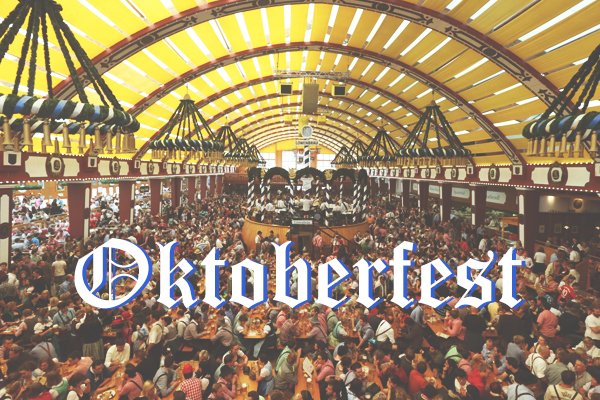 Written By: Bennett Porter – France 44 Beer Guy, Certified Cicerone®
Written By: Bennett Porter – France 44 Beer Guy, Certified Cicerone®
The Great American Beer Festival – America’s reply to Munich’s Oktoberfest – is the second largest beer festival on planet Earth. Every October over 60,000 attendees from around the world flock to the mile-high city of Denver, Colorado to celebrate all things beer. Because of France 44’s commitment to continuing staff education, Zack and I were lucky enough to attend this year’s festival.
When embarking on a journey to America’s greatest beer festival, it feels like Christmas morning. My alarm was set for 3 a.m. but I hadn’t hardly slept a wink all night. By 6 a.m. our plane’s wheels were kissing the runway goodbye. Upon landing we maneuvered our way to Timberline Grille,
per a recommendation from our Odell rep. It was well justified, our spirited server Roger instilled some energy in our veins. With a tex-mex breakfast, Odell suds and some good conversation, we were ready to take on the weekend ahead. Odell Brewing’s super cool CO Manager Ryan picked us up shortly after and we bee-lined it to Ft. Collins.
Odell Brewing’s craftsman-style architecture rises from the earth in eastside Ft. Collins with splashes of farmhouse red and stone slab. Founded in 1989, Doug and Wynne Odell’s brewery precedes its larger neighbor, New Belgium, by two years. Over a decade of passionate home-brewing led the couple to leave Seattle’s crowded brewing scene for the fresh water supply in Ft. Collins. Their flagship Scottish-style ale, 90 Shilling, remains a top-seller to this day. Beyond their solid year-round line-up is an impressive number of delicious microbrews. Jolly Russian, the rum barrel-aged imperial stout, is thick like molasses and packed with notes of cocoa, coffee, dried fruit, oak, and vanilla. (Hint, hint, it’s now available here at France 44). We toured the brewery with its shiny-new canning line, capable of packaging beers three times faster than the bottling line. Skipping across the patio, we entered Odell’s new barrel-aging facility, “Westwood”. With permission from our guide, we were able to pull nails and try aging beer fresh from the barrel, what an experience! Before we knew it, it was time to head south to Denver for Thursday’s opening session of the Great American Beer Fest.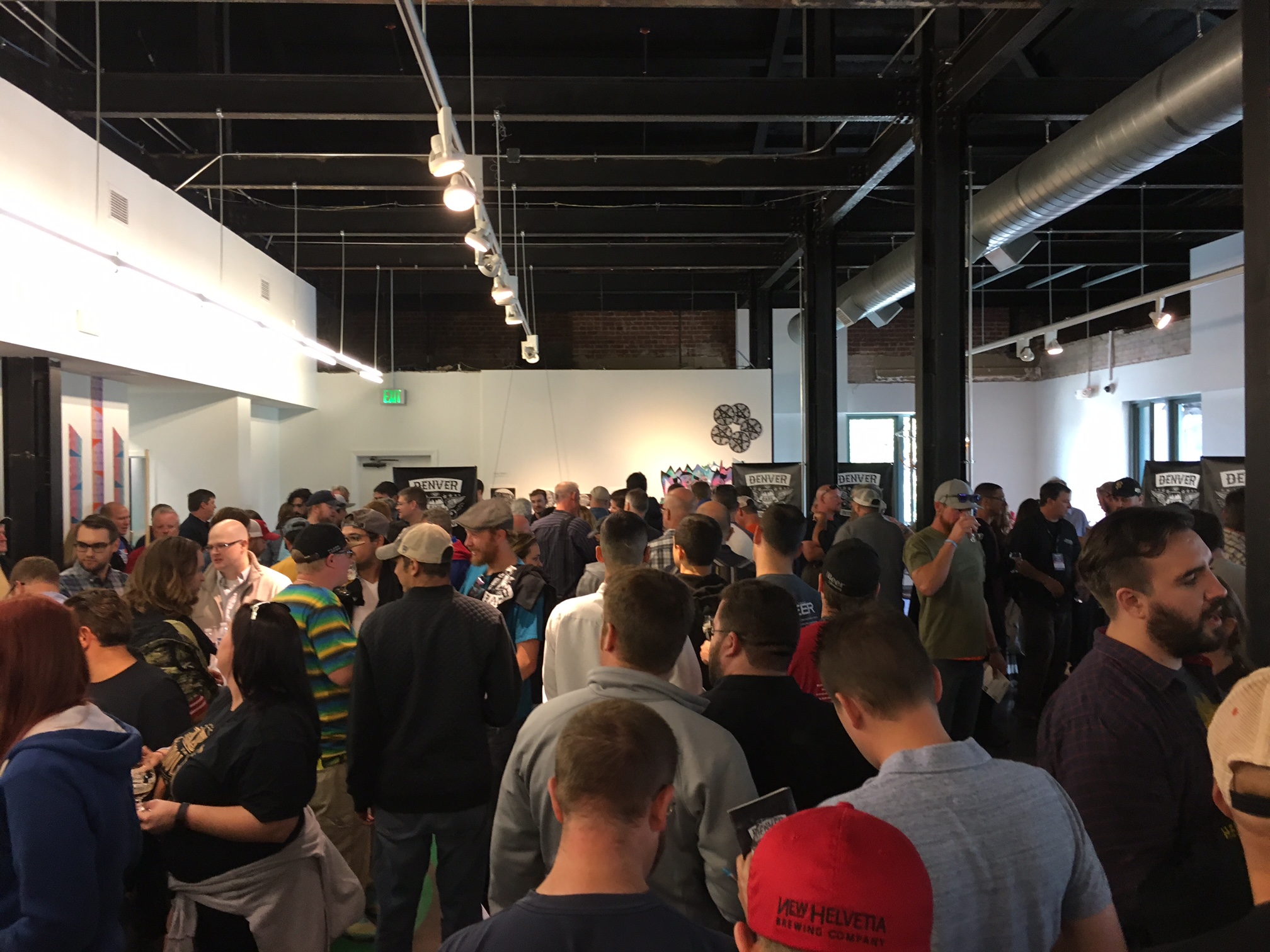
Walking into the Colorado Convention Center during GABF was serious sensory overload. Hordes of us thirsty beer geeks were herded into roped off sections of a line to prevent stampedes. A throng of bagpipers bellowed celebratory tunes over the rumbling crowd. We tried to strategize our tour through the festival, but when the gates open, plans tend to fall apart immediately. The best course of action was to wander in search of the new and different. Rushing through the entrance led us to our first stop, the “Meet the Brewer” Hall. Comprised of roughly five separate blocks, this hall is where you can interact with the people behind the beer. Because of the scale of this festival, most booths are staffed by “green shirts” – outside volunteers. We tasted through a handful of Colorado’s younger breweries then headed for our targets. Funky Buddha Brewing from Ft. Lauderdale, FL was a personal favorite from my last GABF experience, and once again they didn’t disappoint. If you are looking for Willy Wonka-like beer, this is the place. The “No Crusts” peanut butter and jelly brown ale and “Last Snow” coconut coffee porter were clear highlights. Fremont Brewing out of Seattle, WA is also doing some great things. The Bourbon barrel-aged Dark Star and Field to Ferment fresh hop Pale Ale were wondrous. We tasted beer from coast to coast, and after a few hours our palates were weary. Luckily, Downtown Denver has some good eats, and Cheba Hut’s toasted subs evened our keel.
We awoke to a beautiful, sun-drenched Friday morning. After a much needed brunch and some urban exploration, we strode to the McNichols Civic Center – an ornately finished building located just a stone’s throw from the state capitol. Here is where Pints for Prostates hosts their annual fundraiser, the Denver Rare Beer Tasting, my favorite event of GABF weekend. With merely 54 breweries pouring, this event thrives on quality, not quantity. The Rare Beer Tasting features some craft beer “whales”, a term describing brews that are extraordinarily delicious, small-production, and near impossible to find. While nearly everything we sampled was top-notch, there were a few standout performances. Sour beers reigned supreme: Casey Brewing & Blending’s Attika Cherry, Yazoo’s Deux  Rouges Cassis, Russian River’s Intinction, and The Lost Abbey’s Duck Duck Gooze, to name a few. Deschutes poured their previously unreleased Black Butte XXII Reserve. Once again, Funky Buddha and Fremont brought out the big guns. Call to Arms Brewery won the prize for best beer names: “Shirtless Putin Nuzzling with Dolphins” and “Frightened Baby Chipmunk” caught me off-guard. If you plan on heading to GABF, this tasting is an absolute must-do.
Rouges Cassis, Russian River’s Intinction, and The Lost Abbey’s Duck Duck Gooze, to name a few. Deschutes poured their previously unreleased Black Butte XXII Reserve. Once again, Funky Buddha and Fremont brought out the big guns. Call to Arms Brewery won the prize for best beer names: “Shirtless Putin Nuzzling with Dolphins” and “Frightened Baby Chipmunk” caught me off-guard. If you plan on heading to GABF, this tasting is an absolute must-do.
With plenty of daylight remaining, we had to check out Denver’s remarkable craft beer bar scene. Freshcraft was pouring a list so diverse that it was easiest to check out their up-to-the-minute-refreshed tap list online. After was Wynkoop’s, a massive taproom that seemed to be the local favorite. Down the street, Star Bar was hosting a Wicked Weed and Melvin tap takeover, our favorite stop of the night. Wicked Weed makes a stunning peach sour that went down a bit too easy. Melvin, from Wyoming, brews some of the best IPAs out there period. As icing on the cake, their delivery truck is a tricked-out school bus with off-road tires and a hydraulic lift in back. Take note, all other breweries.
Saturday’s day session of the festival was a hoot. Beer, beer, then more beer. We waited in the longest line of the day to try Scratch Brewing’s mushroom-infused beers. How does a Chanterelle Biere de Garde sound? In my mind, they took the cake for innovation. The musty, herbal, earthiness of mushrooms finds a harmonious balance in farmhouse-style ales. Sam Adams poured their famed Utopias, one of the strongest beers in existence, with brandy-like character. Oskar Blues held a funky-fresh silent disco where every dancer gets their own headphones with all of them playing the same tune. I dare you to listen to Midnight Star’s “Midas Touch” and try to resist grooving along. After plenty of sampling and dancing, the session came to an end and we said farewell to the festivities of GABF.
A relaxing final day in Denver was spent watching the Vikings move to 5-0 (SKOL!!!) and checking out a few of Denver’s taprooms. Crooked Stave is a highly-regarded producer of wild and sour ales, their taproom is sure to satisfy any beer geek’s desires. You can  find some of their beers here at France 44. Try the wild saisons “Vieille” and “Surette”: they’re funky, dry, acidic, and super refreshing. Great Divide just completed the construction of a brand-new production brewery that has a cozy little taproom. The Yeti Imperial Stout variants are the perfect motor-oil stout for a frosty fall evening.
find some of their beers here at France 44. Try the wild saisons “Vieille” and “Surette”: they’re funky, dry, acidic, and super refreshing. Great Divide just completed the construction of a brand-new production brewery that has a cozy little taproom. The Yeti Imperial Stout variants are the perfect motor-oil stout for a frosty fall evening.
With the final day in the books, we boarded for the flight home to Minneapolis with bags full of memories. Denver and the Twin Cities share a lot of similar vibes: kind people, fascinating architecture, a thriving arts scene, and (most notably) an inspiring food and beer community. Denver’s beer landscape is a model on which others can learn from. People in this city live for the stuff. It is electrifying to converse with others who share your passion, and who can pass on their knowledge. Though we are still playing catch up, Minnesota’s beer community has exploded in recent years. Never before have there been so many quality local beers available. Thank your local brewers and brewery staff! They put in long, labor-intensive hours so we can kick back with a barley pop (Had to squeeze my favorite beer moniker in here somewhere). Our home state fared well in competition. Major props to Surly and Summit for each bringing home the gold!
Here are the GABF Medal winners that you can find here at France 44:
Summit Extra Pale Ale – St. Paul, MN: GOLD, Classic English-Style Pale Ale
Surly Barrel-Aged Darkness – Brooklyn Center, MN (Not currently avail.): GOLD, Barrel-Aged Strong Stout
Bell’s Expedition Imperial Stout – Comstock, MI: GOLD, Aged Beer
The Bruery Mischief – Placentia, CA: GOLD, American Belgo-Style Ale
Brewery Ommegang Witte Ale – Cooperstown, NY: GOLD, Belgian-Style Witbier
AleSmith Old Numbskull – San Diego, CA: GOLD, Barleywine-Style Ale
Kona Longboard Island Lager – Kailua-Kona, HI: SILVER, Dortmunder-style Lager
Wasatch Apricot Hefeweizen – Salt Lake City, UT: BRONZE, Fruit Wheat Beer
Widmer Omission Lager – Portland, OR: BRONZE, American-Style Lager

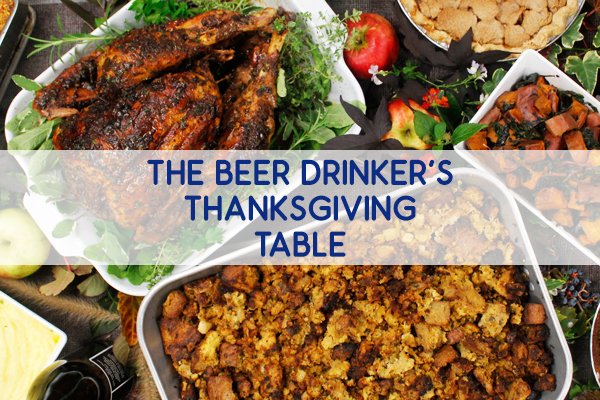
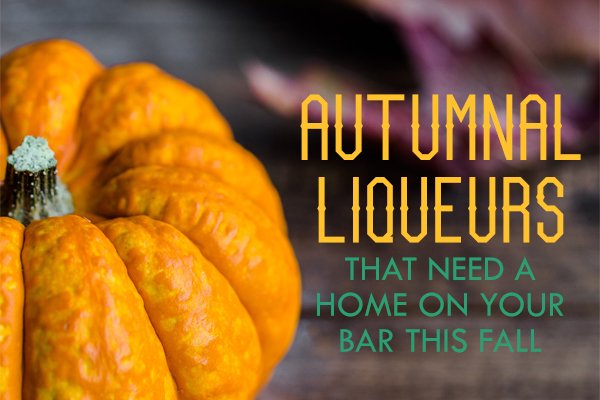




 Written By: Bennett Porter – France 44 Beer Guy, Certified Cicerone®
Written By: Bennett Porter – France 44 Beer Guy, Certified Cicerone®
 Rouges Cassis, Russian River’s Intinction, and The Lost Abbey’s Duck Duck Gooze, to name a few. Deschutes poured their previously unreleased Black Butte XXII Reserve. Once again, Funky Buddha and Fremont brought out the big guns. Call to Arms Brewery won the prize for best beer names: “Shirtless Putin Nuzzling with Dolphins” and “Frightened Baby Chipmunk” caught me off-guard. If you plan on heading to GABF, this tasting is an absolute must-do.
Rouges Cassis, Russian River’s Intinction, and The Lost Abbey’s Duck Duck Gooze, to name a few. Deschutes poured their previously unreleased Black Butte XXII Reserve. Once again, Funky Buddha and Fremont brought out the big guns. Call to Arms Brewery won the prize for best beer names: “Shirtless Putin Nuzzling with Dolphins” and “Frightened Baby Chipmunk” caught me off-guard. If you plan on heading to GABF, this tasting is an absolute must-do. find some of their beers here at France 44. Try the wild saisons “Vieille” and “Surette”: they’re funky, dry, acidic, and super refreshing. Great Divide just completed the construction of a brand-new production brewery that has a cozy little taproom. The Yeti Imperial Stout variants are the perfect motor-oil stout for a frosty fall evening.
find some of their beers here at France 44. Try the wild saisons “Vieille” and “Surette”: they’re funky, dry, acidic, and super refreshing. Great Divide just completed the construction of a brand-new production brewery that has a cozy little taproom. The Yeti Imperial Stout variants are the perfect motor-oil stout for a frosty fall evening.
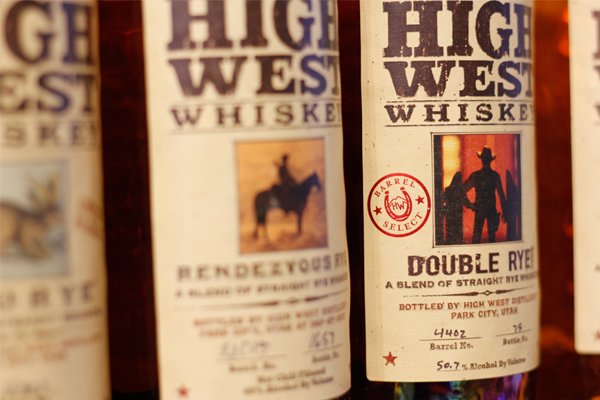
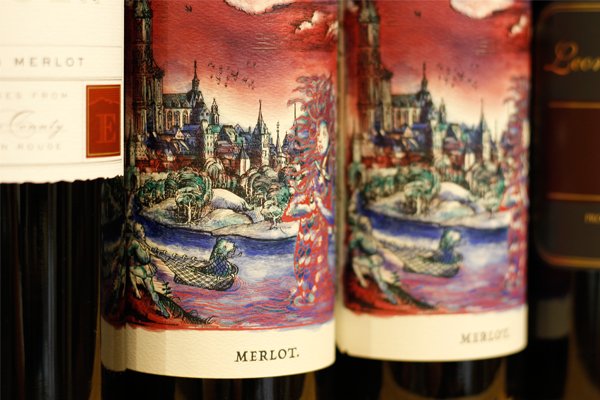




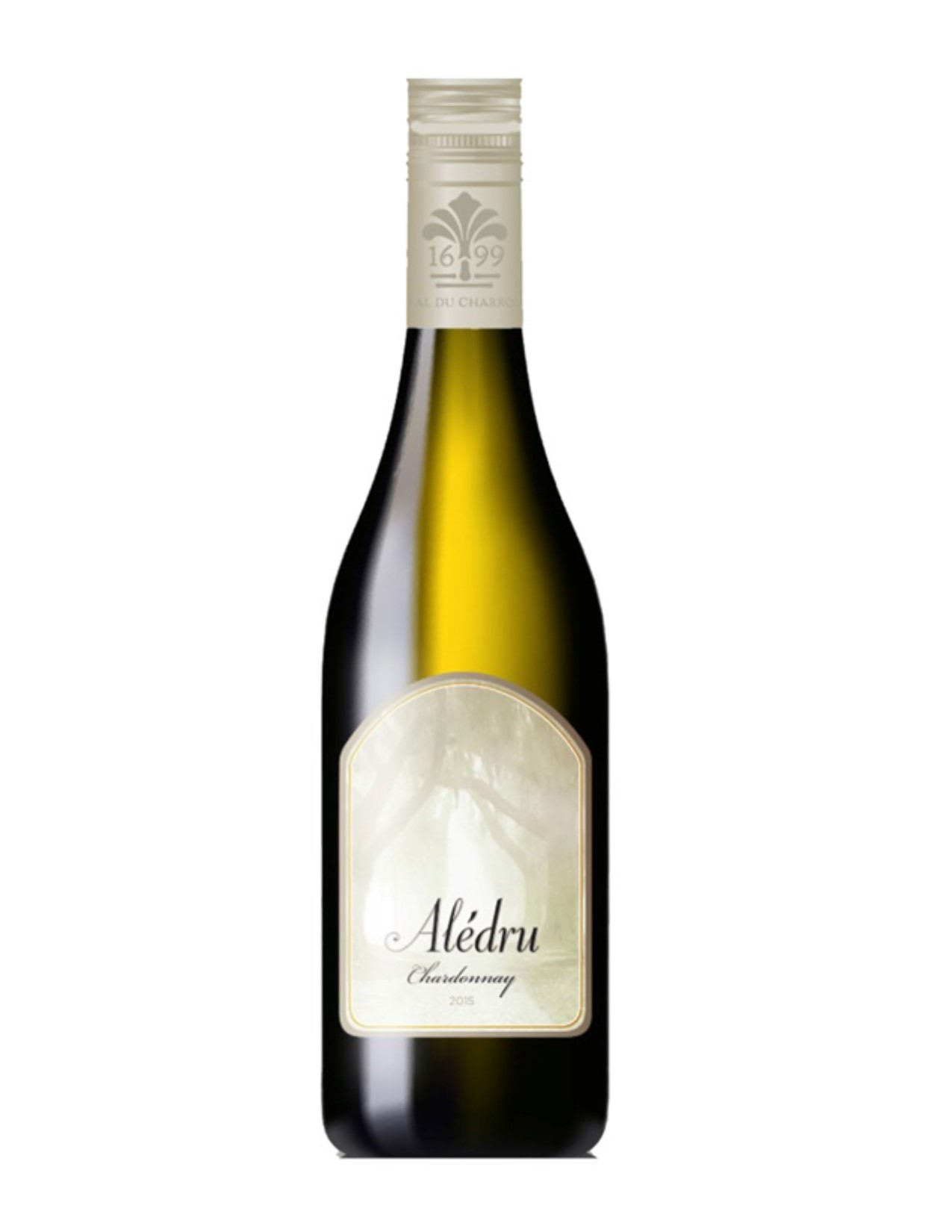 A refreshingly crisp Chardonnay done in a modern-Chablis style, the Aledru Chardonnay has a smooth, rich taste profile that features honeyed and tropical peach flavors. Fermented mainly in stainless steel, it is vibrant, fresh, and will go beautifully with any number of dishes.
A refreshingly crisp Chardonnay done in a modern-Chablis style, the Aledru Chardonnay has a smooth, rich taste profile that features honeyed and tropical peach flavors. Fermented mainly in stainless steel, it is vibrant, fresh, and will go beautifully with any number of dishes.